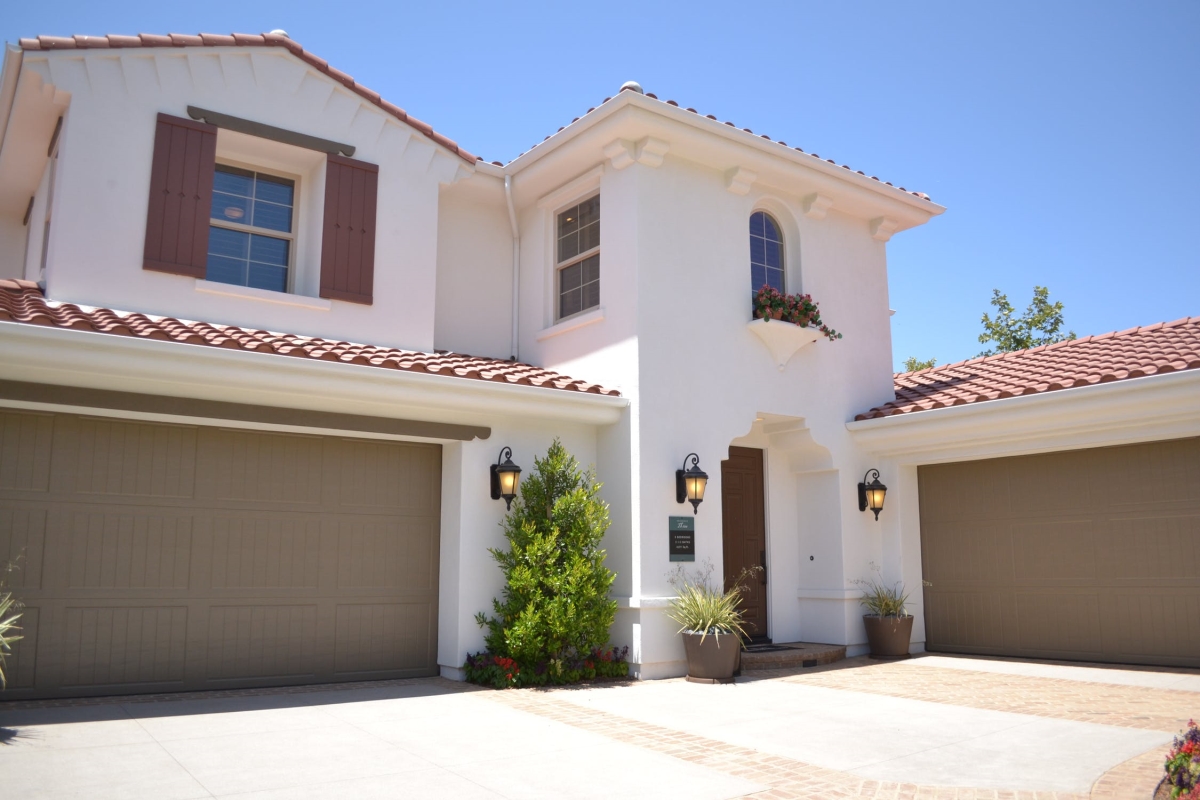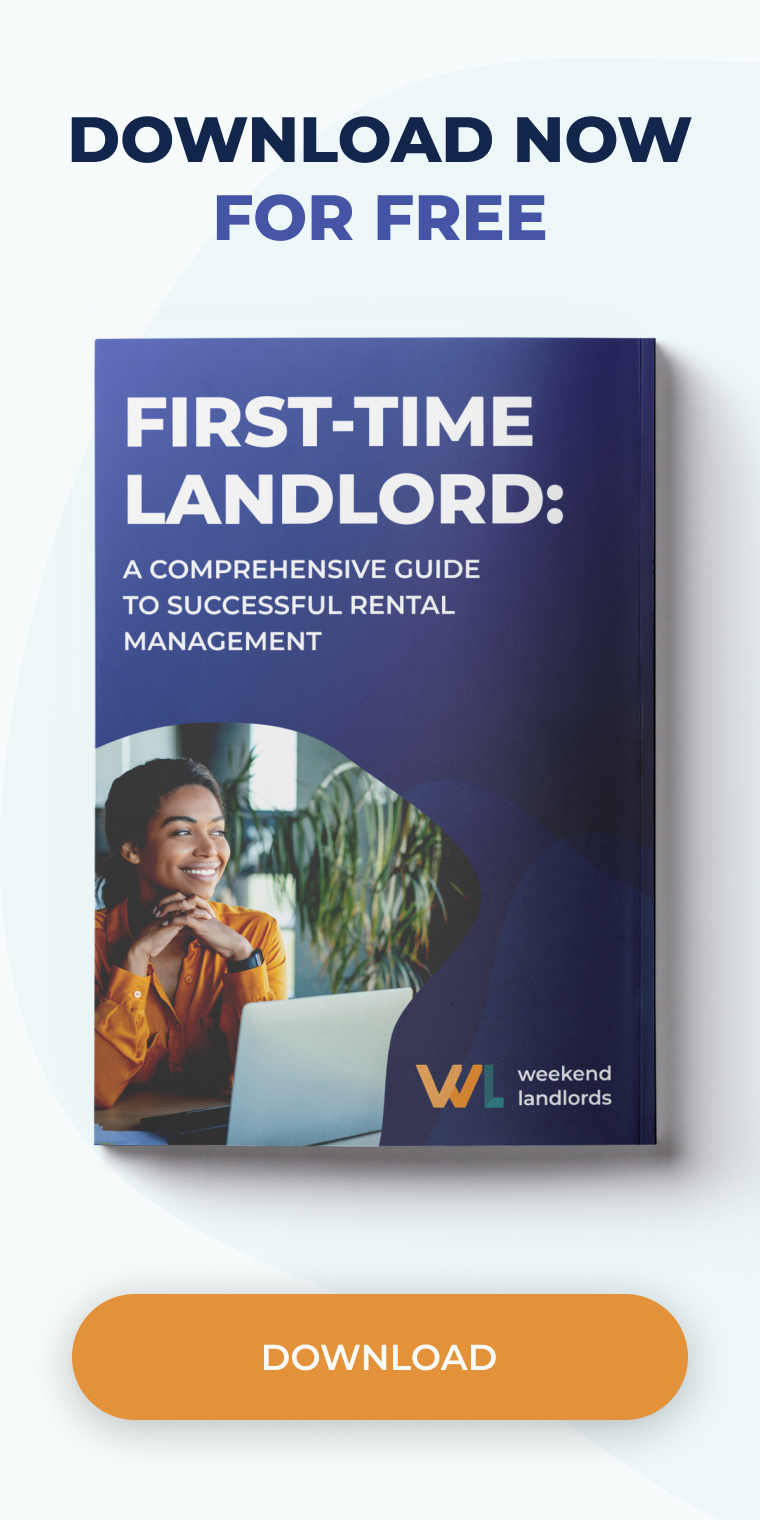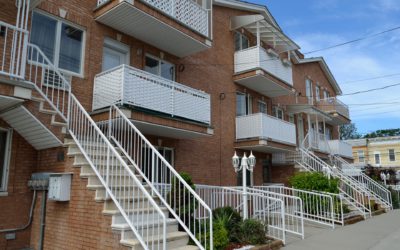If you’re planning to start renting your existing property or have recently purchased a property with the intention of renting it, congratulations! Rentals can be a lucrative investment that will repay you steadily over time.
If you’re just starting out, you may be unsure how to price your rental. No need to worry, though. There are some reliable and time-tested methods for pricing rental properties that landlords and property managers follow.
1. Find Out Your Rental Yield
The first thing you need to know to price your rental is the generally accepted metric for investment properties. It’s called rental yield. That’s the yield you’ll receive from rental as a percentage of your property’s price. It is analogous to the yield you’d earn on a bond or a savings account. It’s a guaranteed return on the money you’ve invested.
In other words, if your building is worth $100,000 and you can charge $8,000, or roughly $667 per month, you are receiving a rental yield of eight percent. In larger, high-rent cities like San Francisco, five percent to six percent is an average rental yield. Anything above 10 percent is excellent.
Now, you can’t just pick a yield and leave it at that. You have to consider comparable property values, location and demand. Let’s look at those next.
2. Assess Your Costs for the Property
Any rent you charge needs to cover your carrying costs for the property, including mortgage, taxes, any insurance and fees. You will need to maintain the property adequately, so budget for maintenance and regular repairs, just as you would for your own home.
Vacancy rates are part of doing business in rental real estate. It’s not always possible to get a tenant in the month immediately after the prior one moves out. Vacancy rates range from five percent to 10 percent for most properties. Be sure to factor these into your costs.
3. Determine Comparable Property Values
You need to know what properties similar to yours in size, location and amenities are going for. If you price a property higher than similar competitors, you’re unlikely to get any tenants. And without tenants, you won’t get any yield.
Do your research by looking at listings from places like Rentler. If you are renting a two-bedroom, 1,200 square foot apartment in a nice neighborhood with good schools, look at the same or comparable areas and roughly equivalent square footage. Look thoroughly and check back regularly.
Then, determine what the going rental rate for is for properties like yours, on average. Figure out the rental yield that rent will provide.
Be sure to factor in amenities. Tenants will pay more for properties with more amenities. Do you have a swimming pool, for example? Southern facing windows, which are excellent for plants? Is it within walking distance to shopping? Is there free parking? Free Wi-Fi? All of these are elements not all rentals have, and they are desirable to prospective tenants. As you research, see what various amenities add to the rental price.
4. Assess the Impact of Location
An old adage holds that real estate is all about location, location, location. Truer words were never spoken. More desirable or more convenient neighborhoods will have higher rents than less desirable or less convenient ones. As you research, make sure that the comparables you’re looking at are in similar locations, or the comparative rental rates won’t be valid.
What makes a neighborhood desirable? Features such as safety and low crime rates are high on the list of most renters’ desired characteristics. So are good schools, for those with children. Nearby parks and open spaces will attract the environmentally conscious and those with pets if you allow pets. Neighborhood friendliness, as demonstrated in block parties or farmers’ markets, is another desirable feature.
Convenience can include proximity to major employers and universities for workers and students. Anything that can lead to a short commute makes a rental more desirable, from nearness to public transportation to easy access to major freeways.
5. Factor in the Demand
The greatest location and amenities in the world won’t help you if demand isn’t strong. You need to factor this in when determining price.
How do you assess demand? If you know property owners in the neighborhood, you might ask how long their open vacancies remain on the market. You can also look at rental sites to keep track of how long listings remain there.
Many factors affect demand, including the local economy. If economic conditions are the reason demand is weak, you may need to reduce the rent you’re asking or offer incentives, such as the first month free. If demand is high, on the other hand, you can increase the rent to a bit higher than your competitors’.
Consider all Relevant Pieces of the Real Estate Market
One final word. When you’re thinking through how to price your property, be sure to consider all relevant factors. Some municipalities, for example, have rent stabilization or rent control laws that will limit future rent increases. Some have stringent zoning or other regulations that might influence what improvements you can make. Be sure you know the entire real estate picture before you decide to rent.
Pricing a rental property takes research and attention to yield, property value, location and demand. Be sure to do your due diligence on all these factors before renting your property.
Originally published on Groundwork






0 Comments